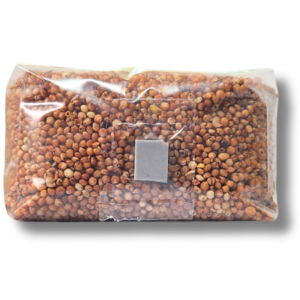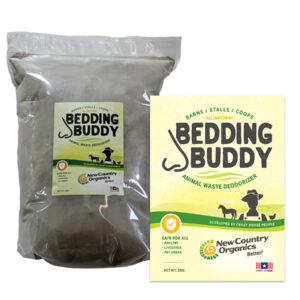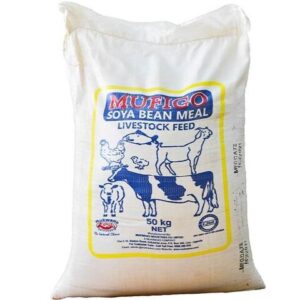Description
Cassava root for sale as a cost-effective and energy-rich feed for cattle. Learn about it’s nutritional value, preparation methods, use on livestock health.
Cassava root for sale
Cassava Root: A Nutritious and Cost-Effective Feed Alternative for Cattle
In the ever-evolving landscape of livestock farming, finding cost-effective and sustainable feed solutions is paramount. Among a plethora of options, cassava root has emerged as a promising alternative feed source for cattle, offering a blend of nutritional value and economic advantages. This article explores the potential of cassava root as a valuable component of cattle diets, examining its nutritional profile, processing methods, and key considerations for implementation.
Why Cassava Root for Cattle Feed?
Cassava, also known as manioc or yuca, is a starchy root vegetable widely cultivated in tropical and subtropical regions. Its abundance and resilience make it a particularly attractive option for farmers seeking alternatives to traditional feedstuffs like grains and forages, especially in areas where these are scarce or expensive. The primary advantage of cassava root lies in its high carbohydrate content, primarily in the form of starch, which provides a readily available energy source for cattle.
Nutritional Composition and Benefits:
- Energy Source: Cassava root is a rich source of carbohydrates, specifically starch, providing essential energy for cattle growth, maintenance, and milk production. This can significantly reduce the reliance on costlier grain-based energy sources.
- Palatability: When properly processed, cassava root is generally palatable to cattle, encouraging them to consume it readily.
- Cost-Effectiveness: In regions where cassava is readily available and inexpensive, it can significantly reduce feed costs, enhancing the profitability of cattle farming.
- Drought Resistance: Cassava is a drought-resistant crop, making it a reliable feed source even during periods of limited rainfall when other forages may be scarce.
Processing Methods to Maximize Nutritional Value and Safety:
While cassava root offers numerous benefits, it’s crucial to acknowledge the presence of cyanogenic glucosides, which can release cyanide upon consumption. Proper processing is essential to minimize this risk and maximize the nutritional value:
- Drying: Drying cassava root, either through sun drying or mechanical dryers, reduces the moisture content and significantly lowers the cyanide levels. Dried cassava chips or flour are commonly used in cattle feed.
- Fermentation: Fermentation is another effective method for reducing cyanide content. It also improves the digestibility of the root, enhancing the cattle’s ability to absorb nutrients.
- Chipping or Grinding: Breaking down the root into smaller pieces through chipping or grinding increases the surface area, facilitating drying and fermentation processes.
- Ensiling: Cassava root can be ensiled with other forages to create a palatable and nutritious silage mix. This process also helps to reduce cyanide levels.
Considerations for Incorporating Cassava Root into Cattle Diets:
- Cyanide Content: Regular testing of cassava products for cyanide levels is crucial to ensure the safety of the feed. Different varieties of cassava contain varying levels of cyanogenic glucosides, so careful selection is essential.
- Protein Deficiency: Cassava root is relatively low in protein. It’s essential to supplement cattle diets with protein-rich feeds, such as legumes, oilseed meals, or animal-based protein sources, to meet their nutritional requirements.
- Mineral Imbalance: Cassava root may also be deficient in certain minerals. Supplementation with mineral blocks or mineral mixes is necessary to prevent deficiencies and maintain optimal cattle health.
- Gradual Introduction: Introduce cassava root gradually into the cattle’s diet to allow their digestive system to adapt. Start with small amounts and gradually increase the quantity over time.
- Expert Consultation: Consulting with a livestock nutritionist or agricultural extension officer is highly recommended to determine the optimal inclusion rate of cassava root in the diet, considering the specific needs and breed of cattle, as well as the availability and cost of other feed ingredients.
Conclusion:
Cassava root presents a promising and cost-effective alternative feed source for cattle, particularly in tropical and subtropical regions. By understanding its nutritional benefits, employing appropriate processing methods to mitigate cyanide risks, and carefully considering supplementary protein and mineral requirements, farmers can successfully integrate cassava root into their cattle diets. This can lead to reduced feed costs, improved profitability, and enhanced sustainability in livestock production. As research continues to explore the full potential of cassava root in animal nutrition, its role in feeding cattle is poised to become increasingly significant in the future.











Reviews
There are no reviews yet.